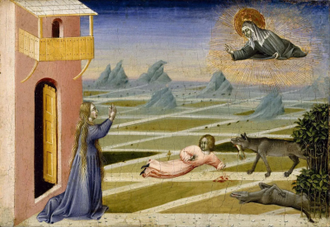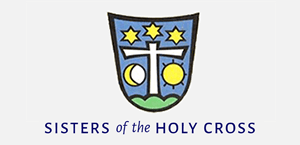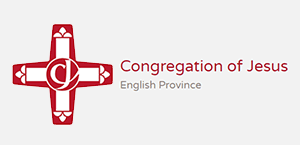Gospel in Art: Saint Clare, Virgin

Saint Clare Rescuing a Child Mauled by a Wolf, by Giovanni di Paolo © The Museum of Fine Arts, Houston / The Strauss Collection
Source: Christian Art
Gospel of 11 August 2025
Matthew 17:22-27
As they were gathering in Galilee, Jesus said to his disciples, 'The Son of Man is about to be delivered into the hands of men, and they will kill him, and he will be raised on the third day.' And they were greatly distressed.
When they came to Capernaum, the collectors of the two-drachma tax went up to Peter and said, 'Does your teacher not pay the tax?' He said, 'Yes.' And when he came into the house, Jesus spoke to him first, saying, 'What do you think, Simon? From whom do kings of the earth take toll or tax? From their sons or from others?'
And when he said, 'From others', Jesus said to him, 'Then the sons are free. However, not to give offence to them, go to the lake and cast a hook and take the first fish that comes up, and when you open its mouth you will find a shekel. Take that and give it to them for me and for yourself.'
Reflection on the painting
Today we celebrate the Feast of Saint Clare. Clare of Assisi (1194-1253) was one of the first followers of Saint Francis of Assisi and founded the Order of Poor Ladies as it was called first. The Order of Poor Ladies was different from any other order or convent that had existed before then, as it followed a rule of strict poverty. Clare wrote their Rule of Life, the first set of monastic guidelines known to have been written by a woman. Following her death, the order she founded was renamed in her honour as the Order of Saint Clare, commonly referred to today as the Poor Clares.
Our mid 15th century painting by Giovanni di Paolo illustrates a miracle performed by Saint Clare. She appears in a large golden halo and burst of light (upper right corner) to the woman praying for help for her poor child. The miracle speaks of a mother from the region near Assisi who prayed to Saint Clare, begging for help. Her young child had been dragged away by a savage wolf, and everyone feared the worst. Distraught, she turned to Clare. Clare, filled with compassion, prayed fervently for the child's safety. Not long after, the villagers were stunned to see the wolf return of its own accord, gently bringing the child back completely unharmed. The animal released the child and disappeared back into the forest, as if tamed by divine mercy. we see the the wold depicted lying on its back, as in a pose of surrender. The painting depicts what would have happened if the wolf had mauled the child (and the arm bitten off). But prayers to saint Clare prevented this from happening.
Following a medieval painterly tradition called 'simultaneous narration', the wolf that attacked the child is seen twice, once alive with the child's arm in his mouth, and again lying in the foreground. The story represented here follows the biography of the saint attributed to Tommaso da Celano (1185-1260). The dramatically gesturing figures with their flowing, wavy hair are characteristic of Giovanni di Paolo.
In art, Clare is more often shown carrying a monstrance or pyx, in commemoration of the occasion when she warded away the invading soldiers of Frederick II at the gates of her convent by displaying the Blessed Sacrament and kneeling in prayer.
Saint Clare, pray for us.
LINKS
Gospel in Art: https://christian.art/
Today's Reflection: www.indcatholicnews.com/news/53003

















